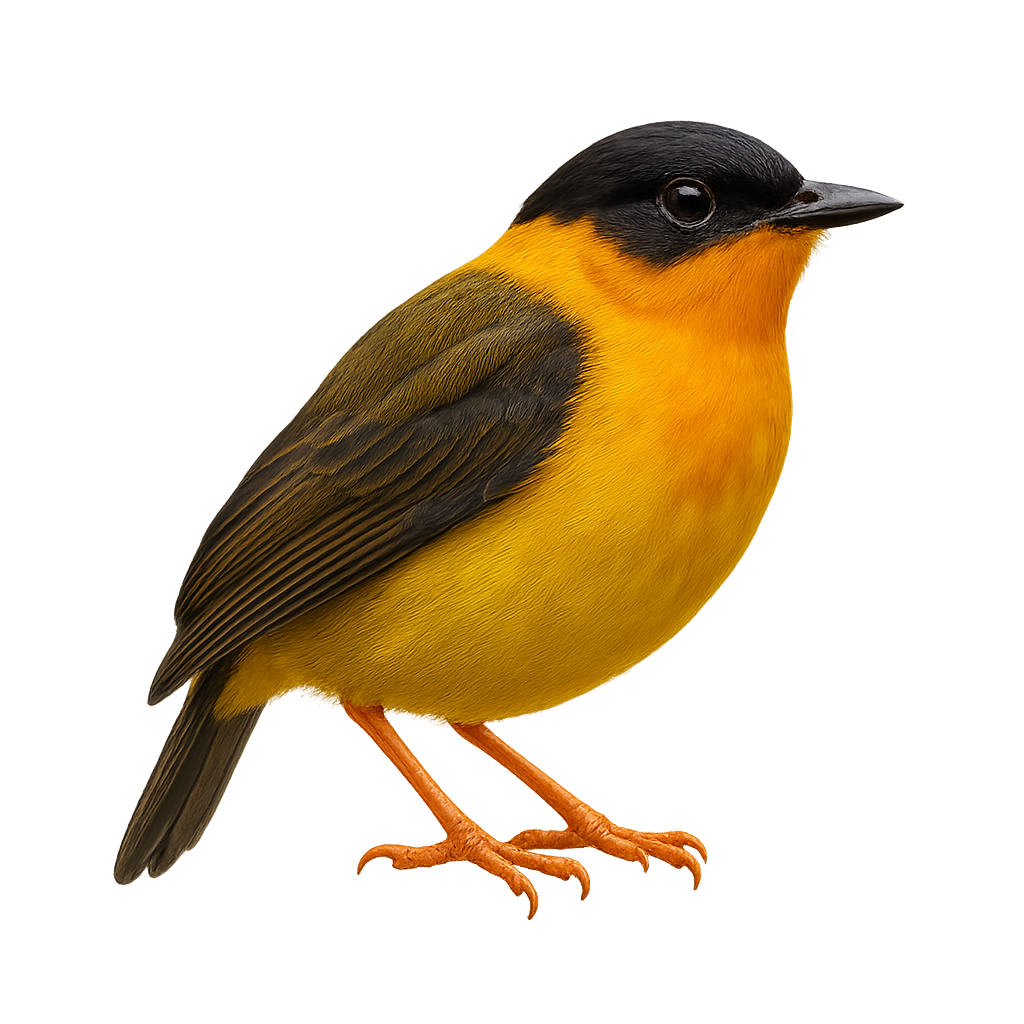Your wildlife photography guide.
Explore the orange-collared manakin in detail, study its behavior, prepare your shots.
Where to observe and photograph the orange-collared manakin in the wild
Learn where and when to spot the orange-collared manakin in the wild, how to identify the species based on distinctive features, and what natural environments it inhabits. The WildlifePhotographer app offers tailored photography tips that reflect the orange-collared manakin’s behavior, helping you capture better wildlife images. Explore the full species profile for key information including description, habitat, active periods, and approach techniques.
Orange-collared Manakin
Scientific name: Manacus aurantiacus

IUCN Status: Least Concern
Family: PIPRIDAE
Group: Birds
Sensitivity to human approach: Suspicious
Minimum approach distance: 5 m
Courtship display: March to April
Incubation: 18-20 jours
Hatchings: March to May
Habitat:
Tropical rainforests, dense undergrowth
Activity period :
Primarily active during the day, with peak activity in the morning and late afternoon.
Identification and description:
The Orange-collared Manakin, or Manacus aurantiacus, is a small, vibrant bird found in the tropical rainforests of Central America. Males are particularly striking with their bright orange head and neck contrasting against a black body, while females display more subdued olive-green tones. These birds are famous for their elaborate courtship displays, where males perform intricate dances to attract females. They primarily inhabit dense undergrowth, feeding on fruits and insects. Although their habitat is threatened by deforestation, they remain relatively common within their range.
Recommended lens:
400mm – adjust based on distance, desired framing (portrait or habitat), and approach conditions.
Photography tips:
To photograph the Orange-collared Manakin, it is advisable to use a telephoto lens of at least 400mm to capture the details of its vibrant plumage without disturbing it. Look for dense undergrowth areas where these birds are active, especially during the day. Be patient and discreet, as they can be suspicious. Use a tripod to stabilize your camera in the low-light conditions of the rainforest.
The WildlifePhotographer App is coming soon!
Be the first to explore the best nature spots, track rutting seasons, log your observations, and observe more wildlife.
Already 1 431 wildlife lovers subscribed worldwide

